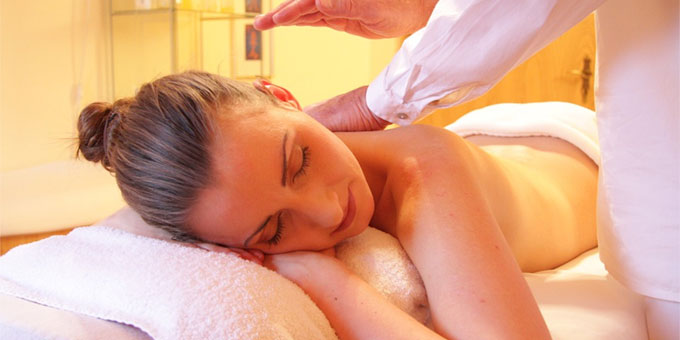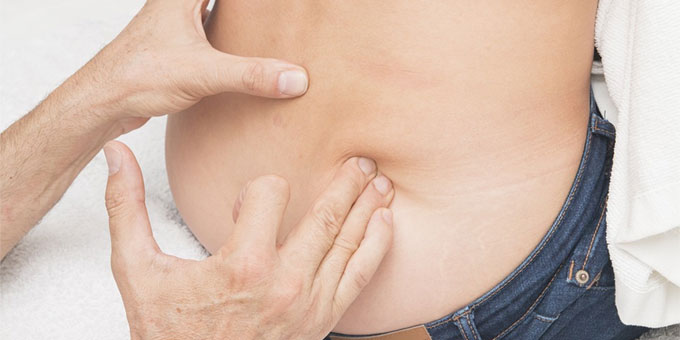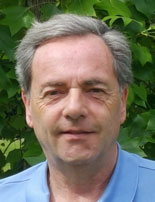Posted on September 26, 2017 in Health & Beauty.
Lumbago or sciatica?
Back pain in the golfer is a fairly common pathology. About 60% of gamers experience this problem at one time or another. There can be, among others, two types of pathologies: lumbago or sciatica. We will see in this article the difference between these two pains, their origin as well as the way to avoid them.

© Pixabay
Lumbago
True lumbago is actually muscle contracture. On each side of our lower back there is a pair of muscles called the square of the lower back.
During lumbago, the player finds himself very limited in his movements or even completely blocking the lower back.
This pathology is often due to a resumption of too intensive physical activity or without having taken the time to warm up before playing.
A bad movement can also trigger a lumbago if at the end the player finds himself too arched.
This has the effect of blocking the hinge between the last ridge and the first lumbar.
This triggers inflammation and the muscle is then contracted permanently.
To remedy :
- Before playing take the time to warm up.
The exercises
- Stretch sideways to the right then to the left as well as forward bends.
- Hydrate yourself well.
If the pain does not pass, it can correspond to a mechanical blockage.
Contact an osteopath who can solve the problem if there is no structural damage.

© Pixabay
Sciatica
Sciatica (like low back pain) is part of the low back pain family.
When the pain is acute and located in the lumbar region, it is called lumbago. As we have seen and we can be bent in half and not be able to move.
However a second lesion can create the same pain with despite everything an essential difference at the level of the diagnosis: one feels a pain which starts from the lower back and which radiates in the right or left buttock, and can even go up to the toes.
This pathology, unlike lumbago, is due to the compression of the sciatic nerve which leaves to the right and left of the lower lumbar.
This compression can be caused by poor rotation on the climb or at the finish.
If there is no herniated disc an osteopath can help release this compression, and a teacher can prevent it from appearing.
The exercises
- Respect the correct alignment of your spine both on the climb and on the finish.
- Erase your rear hip when climbing and your front hip when finishing.
 By Steve Chadefaux
By Steve Chadefaux
PGA Golf Pro
Mental trainer
Osteopath DO
Steve will make himself available to swing-feminin.com readers! Do not hesitate to contact him for all your back… or swing problems!
tel: +33 (0) 607 211 441
mail: stevechadefaux@orange.fr
Terre Blanche Spa presents 'Les Trésors de la Ruche', a 90-minute sensory journey
The Summit of Naturopathy and Integrative Medicine
Tata Harper reinvents skincare at Le Bristol Paris








